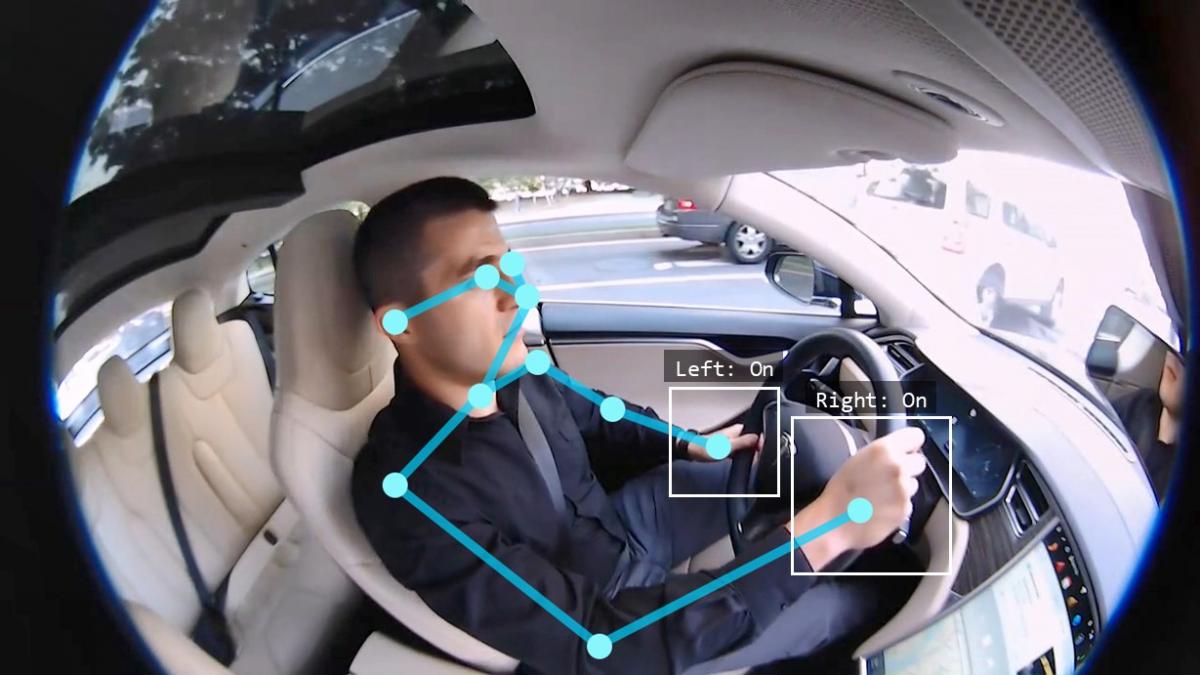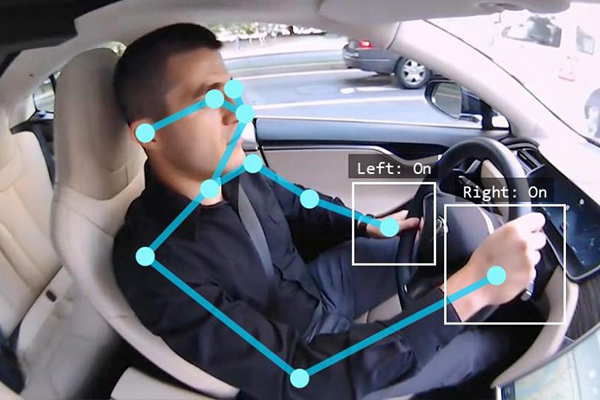Talk of fully autonomous vehicles are grabbing headlines everywhere these days. The whole idea of driving around in a robo-taxi, once just science fiction, seems to be approaching with ferocious speed. The reality, however, is that semi-autonomous vehicles will have much more of an impact in the next 5-10 years than fully autonomous cars, and these vehicles are creating more questions than answers. Today, semi-autonomous vehicles from companies like Tesla, GM and Volvo are already on the market, and as we humans tend to do, we’re already crashing them. Some of these accidents have created spectacular fodder for the media, but these events are largely anecdotal. If we really want to understand how these systems are performing and what impact they are having on driver safety then we need an unbiased research study with naturalistic driver behavior data.
Luckily, this issue was not unexpected, and is the key reason why Bryan Reimer (MIT Research Scientist and Associate Director of the New England University Transportation Center at MIT) and I started discussing this topic back in 2013. With our combined backgrounds in connected vehicles, human factors studies, and usage based insurance, we became determined to understand this issue through an unbiased, scientific research lens. In 2015, Agero became one of the founding members of the MIT Advanced Vehicle Technology Consortium, comprised of automakers, insurance companies, tier-1 suppliers, and consumer advocate groups, and now, that study has collected over 7,146 days’, 78 drivers’, 275,559 miles’, and 3.48 billion video frames’ worth of data. Details about the collected data are available in the MIT Autonomous Vehicle Technology Study.
Agero’s data science team is working with the team of researchers and scientists from MIT to collect and analyze data on how humans interact with semi-autonomous vehicle technologies to get to a better understanding of how these systems impact driver risk and safety. Through this study, we’re learning the intricate details around the usage of semi-autonomous systems (Autopilot, Pilot Assist, etc.), impacts to driver distraction, reactions to system alarms, how drivers manage control hand-offs, etc.


Driver body camera for driver body position (image courtesy of MIT)
This data has been collected by outfitting a fleet of semi-autonomous vehicles with cameras, sensors, telematics and computers to capture how humans interact with the new technology. The team is then leveraging advanced computer vision systems to automatically tag and annotate the human behavior in the video. Though this methodology is complex and computer intensive, it allows the research team to scale the study and analyze billions of frames of video in an efficient manner, allowing the team to hone in on scenes of interest and quantify the driver behavior in a scientific manner. The research study is also utilizing Agero’s mobile telematics technology on the drivers’ smartphones to measure how the drivers interact with their phones while they’re using the semi-autonomous systems in real-world situations. Outfitting the cars with these naturalistic driving study techniques provides a way to watch real-life driving rather than running simulations in a lab.
The data from the study is now flowing in and the analysis is well underway. We have already begun to learn some interesting insights into human behavior, some of which are quite unexpected, and we look forward to sharing these findings more broadly in the near future.
Semi-autonomous vehicles will permeate the market in the next 5-10 years and until now it’s been very difficult to quantify the impact of these technologies on driver behavior and safety. Through this study, we are gathering a better understanding of how these systems are actually used and will help automakers, insurers, and regulators better adapt these systems to improve safety and create a safe path towards full autonomy.




 Jeffrey Blecher's talent, enthusiasm, and track record for identifying and evaluating both organic and acquisitive growth opportunities make him a key player in Agero’s growing reputation as an industry leader. He joined us after a decade as a consultant to senior executives from Fortune 500 companies, private equity firms and startups on strategic, operational and technology related issues.
Jeffrey Blecher's talent, enthusiasm, and track record for identifying and evaluating both organic and acquisitive growth opportunities make him a key player in Agero’s growing reputation as an industry leader. He joined us after a decade as a consultant to senior executives from Fortune 500 companies, private equity firms and startups on strategic, operational and technology related issues.